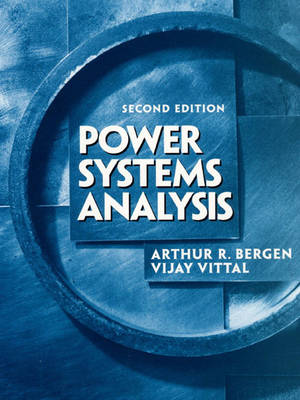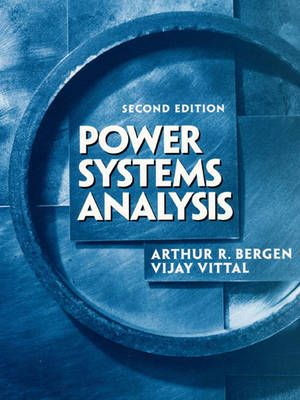
- Retrait gratuit dans votre magasin Club
- 7.000.000 titres dans notre catalogue
- Payer en toute sécurité
- Toujours un magasin près de chez vous
- Retrait gratuit dans votre magasin Club
- 7.000.0000 titres dans notre catalogue
- Payer en toute sécurité
- Toujours un magasin près de chez vous
Description
This is the first book on power system analysis to explore the major changes in the structure and operation of the electric utility industry, and to show how power system operation will be affected by the new changes. It reflects the trends in state-of-the-art, computer-based power system analysis and shows how to apply each modern analysis tool in designing and improving an expansion of an existing power system. KEY FEATURES: Features a computer-based design example (carried out from chapter-to-chapter) which uses all the analysis. As the example develops, readers determine the parameter values for a proposed transmission system upgrade to support load growth and a new steel mill being located in the area; convert all the parameters to per unit -- the preferred choice of units for system analysis; determine typical parameters for the generators in the system being designed; develop the admittance matrix and the impedance matrix for the system being designed; conduct the power flow and check the designed system for possible violations, and appropriately modify the design; and conduct a contingency analysis on the designed system; analyze the behavior of the designed system under faulted condition; continue the design with a selection of relay settings to protect the system in the event of these faulted conditions; and perform a transient stability simulation on the system and verify the ability of the system to remain stable. MARKET: For engineers working in the electric utility industry.
Spécifications
Parties prenantes
- Auteur(s) :
- Editeur:
Contenu
- Nombre de pages :
- 632
- Langue:
- Anglais
Caractéristiques
- EAN:
- 9780136919902
- Date de parution :
- 06-08-99
- Format:
- Livre broché
- Format numérique:
- Trade paperback (VS)
- Dimensions :
- 186 mm x 242 mm
- Poids :
- 1075 g

Les avis
Nous publions uniquement les avis qui respectent les conditions requises. Consultez nos conditions pour les avis.






